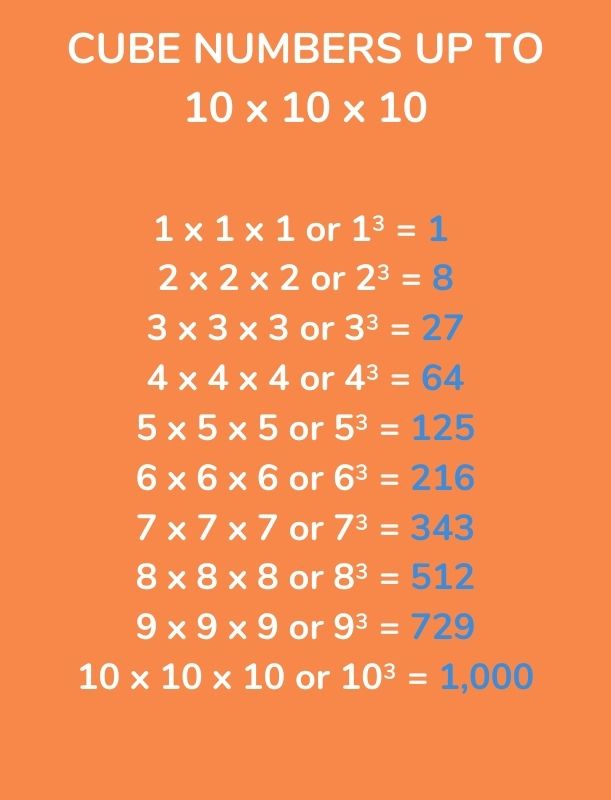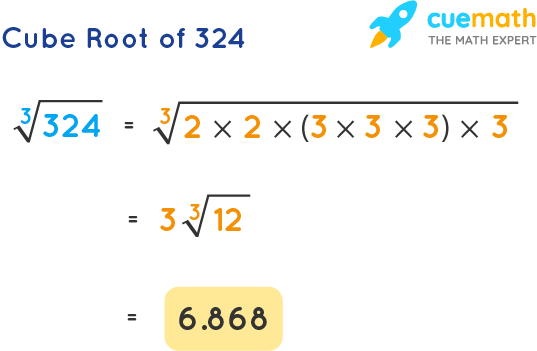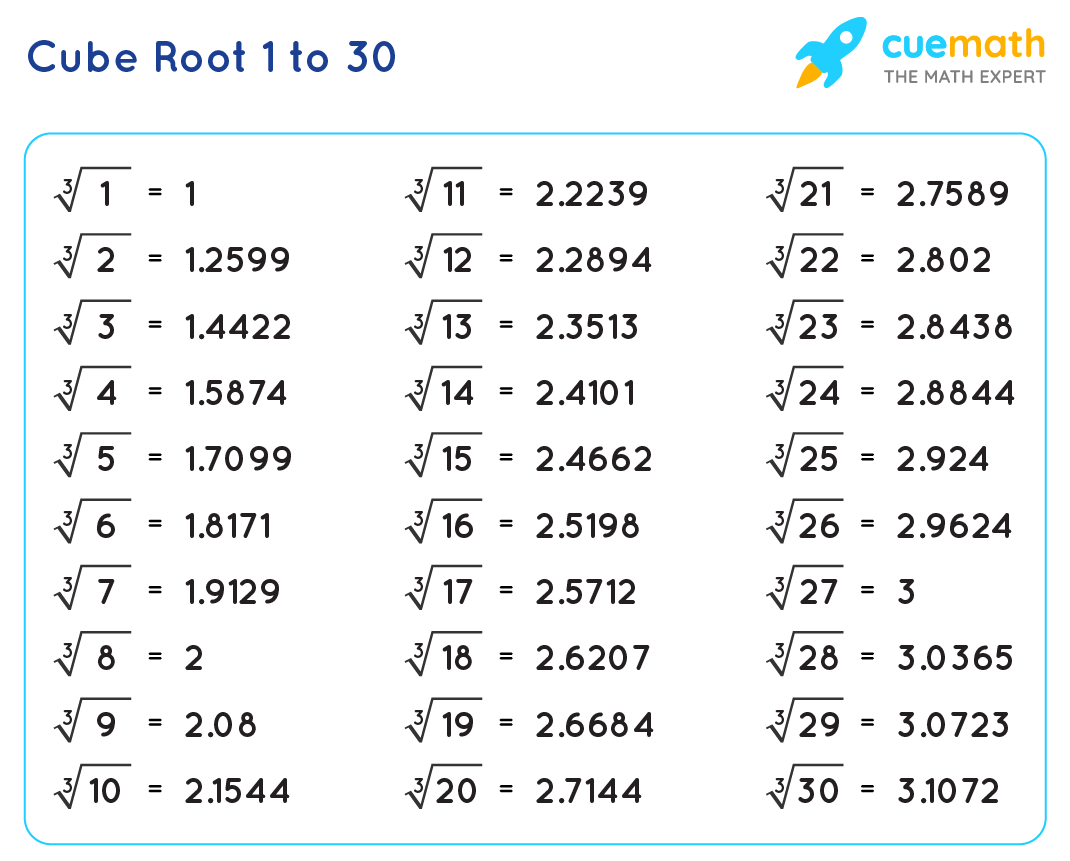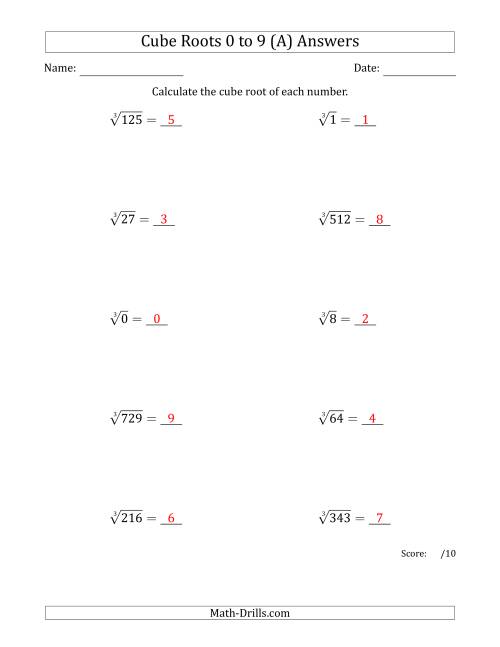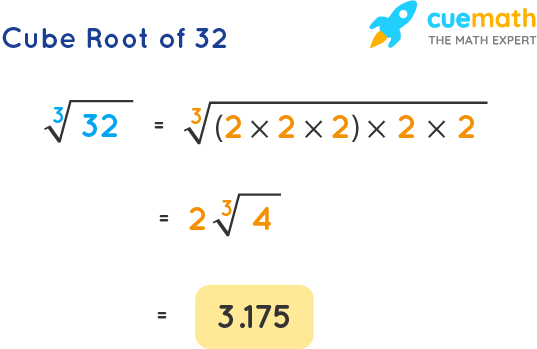Topic square root of 3/4: Discover the fascinating world of mathematics as we delve into the square root of 3/4. This comprehensive guide will simplify complex concepts, provide practical examples, and enhance your understanding of fractions and square roots. Join us on this educational journey to master the square root of 3/4 with ease and confidence.
Table of Content
- Square Root of 3/4
- Introduction to Square Roots
- Basic Concepts of Fractions
- Calculating the Square Root of a Fraction
- Step-by-Step Calculation of the Square Root of 3/4
- Mathematical Properties of Square Roots
- Applications of the Square Root of 3/4
- Square Roots in Geometry
- Square Roots in Algebra
- Practical Examples and Problems
- Common Mistakes and How to Avoid Them
- FAQs about Square Roots and Fractions
- Conclusion and Further Reading
- YOUTUBE: Video này hướng dẫn cách giải bài toán căn bậc hai của 4/3 và 3/4, phù hợp cho các kỳ thi cạnh tranh.
Square Root of 3/4
The square root of \( \frac{3}{4} \) is expressed as:
Explanation:
To find the square root of \( \frac{3}{4} \), we recognize that it can be rewritten using properties of square roots:
Conclusion:
Therefore, the square root of \( \frac{3}{4} \) simplifies to \( \frac{\sqrt{3}}{2} \).

READ MORE:
Introduction to Square Roots
The concept of square roots is fundamental in mathematics. A square root of a number is a value that, when multiplied by itself, gives the original number. For example, the square root of 9 is 3, because \(3 \times 3 = 9\).
Square roots are represented by the radical symbol (√). For any positive number \(x\), the square root is written as \(\sqrt{x}\). There are some key properties to understand about square roots:
- Every positive number has two square roots: one positive and one negative. For instance, the square roots of 16 are 4 and -4.
- The square root of 0 is 0.
- Square roots of non-perfect squares are irrational numbers, meaning they cannot be expressed as a simple fraction.
When dealing with fractions, the square root operation can be applied to both the numerator and the denominator separately. For instance, the square root of a fraction \(\frac{a}{b}\) is given by:
\[\sqrt{\frac{a}{b}} = \frac{\sqrt{a}}{\sqrt{b}}\]
Applying this to the fraction \(\frac{3}{4}\), we get:
\[\sqrt{\frac{3}{4}} = \frac{\sqrt{3}}{\sqrt{4}} = \frac{\sqrt{3}}{2}\]
Thus, the square root of \(\frac{3}{4}\) simplifies to \(\frac{\sqrt{3}}{2}\), a value that can be approximated numerically as needed.
Basic Concepts of Fractions
Fractions are a way to represent parts of a whole. A fraction consists of two parts: a numerator and a denominator, separated by a slash. The numerator (top number) represents how many parts we have, while the denominator (bottom number) represents the total number of equal parts in the whole.
For example, in the fraction \(\frac{3}{4}\), 3 is the numerator and 4 is the denominator. This means we have 3 out of 4 equal parts.
There are several types of fractions:
- Proper Fractions: The numerator is less than the denominator (\(\frac{3}{4}\)).
- Improper Fractions: The numerator is greater than or equal to the denominator (\(\frac{5}{4}\) or \(\frac{4}{4}\)).
- Mixed Numbers: A whole number combined with a fraction (\(1 \frac{1}{4}\)).
Fractions can be simplified by dividing the numerator and the denominator by their greatest common divisor (GCD). For instance, \(\frac{6}{8}\) can be simplified to \(\frac{3}{4}\) by dividing both the numerator and the denominator by 2.
Adding, subtracting, multiplying, and dividing fractions involves specific rules:
- Adding/Subtracting Fractions: To add or subtract fractions, they must have a common denominator. For example, \(\frac{1}{4} + \frac{1}{2} = \frac{1}{4} + \frac{2}{4} = \frac{3}{4}\).
- Multiplying Fractions: Multiply the numerators together and the denominators together. For example, \(\frac{2}{3} \times \frac{3}{4} = \frac{2 \times 3}{3 \times 4} = \frac{6}{12} = \frac{1}{2}\).
- Dividing Fractions: Multiply by the reciprocal of the divisor. For example, \(\frac{2}{3} \div \frac{4}{5} = \frac{2}{3} \times \frac{5}{4} = \frac{10}{12} = \frac{5}{6}\).
Understanding these basic concepts is essential for working with fractions and performing various mathematical operations, including finding square roots of fractions.
Calculating the Square Root of a Fraction
Calculating the square root of a fraction involves taking the square root of both the numerator and the denominator separately. This process can be broken down into clear, manageable steps:
- Identify the Fraction:
Let's consider the fraction \(\frac{3}{4}\).
- Apply the Square Root to the Numerator and Denominator:
We calculate the square root of the numerator (3) and the denominator (4) separately:
- Numerator: \(\sqrt{3}\)
- Denominator: \(\sqrt{4}\)
- Simplify the Denominator:
The square root of 4 is 2, so we can simplify the denominator:
\(\sqrt{4} = 2\)
- Combine the Results:
Now, combine the square roots of the numerator and the simplified denominator:
\[\sqrt{\frac{3}{4}} = \frac{\sqrt{3}}{\sqrt{4}} = \frac{\sqrt{3}}{2}\]
- Approximate if Necessary:
Sometimes, it is useful to approximate the value of the square root. For \(\sqrt{3}\), the approximate value is 1.732:
\[\frac{\sqrt{3}}{2} \approx \frac{1.732}{2} \approx 0.866\]
By following these steps, you can easily calculate the square root of any fraction. This method is particularly useful for simplifying mathematical expressions and solving equations involving fractions.
Step-by-Step Calculation of the Square Root of 3/4
Calculating the square root of \(\frac{3}{4}\) can be done by following a series of clear and simple steps. Here is a detailed breakdown:
- Understand the Fraction:
The fraction given is \(\frac{3}{4}\), where 3 is the numerator and 4 is the denominator.
- Apply the Square Root to Both Numerator and Denominator:
We need to take the square root of both the numerator and the denominator separately:
- \(\sqrt{3}\) for the numerator
- \(\sqrt{4}\) for the denominator
- Calculate the Square Root of the Denominator:
The square root of 4 is 2:
\(\sqrt{4} = 2\)
- Combine the Results:
Now, we combine the square root of the numerator with the square root of the denominator:
\[\sqrt{\frac{3}{4}} = \frac{\sqrt{3}}{\sqrt{4}} = \frac{\sqrt{3}}{2}\]
- Approximate the Value (Optional):
If needed, we can approximate the square root of 3. The approximate value of \(\sqrt{3}\) is about 1.732. Therefore:
\[\frac{\sqrt{3}}{2} \approx \frac{1.732}{2} \approx 0.866\]
By following these steps, you can accurately determine the square root of \(\frac{3}{4}\). This process is not only useful for this specific fraction but can be applied to any fractional value requiring square root calculation.
Mathematical Properties of Square Roots
The square root of a number is a value that, when multiplied by itself, gives the original number. This definition extends to the square root of fractions, such as the square root of 3/4. Understanding the mathematical properties of square roots is essential for solving various algebraic and geometric problems.
Here are some key properties of square roots:
- Non-negativity: The square root of any non-negative number is also non-negative. This is denoted as √x ≥ 0 for all x ≥ 0.
- Product Property: The square root of a product is the product of the square roots of the factors. Mathematically, √(ab) = √a * √b. For example, √(3/4) = √3 * √(1/4) = √3 * 1/2.
- Quotient Property: The square root of a quotient is the quotient of the square roots of the numerator and the denominator. This is represented as √(a/b) = √a / √b. Applying this to 3/4, we get √(3/4) = √3 / √4 = √3 / 2.
- Exponent Property: The square root of a number can be expressed as a power. Specifically, √x = x^(1/2). For example, (3/4)^(1/2) = √(3/4).
- Radical Expressions: Simplifying radical expressions involves breaking down the number into its prime factors and then applying the square root. For instance, to simplify √(12/16), we find that 12 = 2^2 * 3 and 16 = 2^4. Thus, √(12/16) = √(3/4) = √3 / 2.
Examples:
Let’s apply these properties to solve some examples:
- Simplifying √(9/16): Using the quotient property, √(9/16) = √9 / √16 = 3 / 4.
- Multiplying Square Roots: √2 * √8 = √(2*8) = √16 = 4.
- Expressing as Exponents: √(25/36) = (25/36)^(1/2) = (5/6).
These properties are crucial when working with square roots in various mathematical contexts. They help simplify complex expressions and solve equations more effectively.
| Property | Mathematical Expression | Example |
|---|---|---|
| Product Property | √(ab) = √a * √b | √(3/4) = √3 * 1/2 |
| Quotient Property | √(a/b) = √a / √b | √(3/4) = √3 / 2 |
| Exponent Property | √x = x^(1/2) | (3/4)^(1/2) = √(3/4) |
Applications of the Square Root of 3/4
The square root of 3/4, which simplifies to , has a variety of applications across different fields of mathematics and science. Understanding these applications can help in solving practical problems and understanding theoretical concepts more deeply.
Geometry
In geometry, the square root of fractions is often used in calculating distances and lengths, particularly in right triangles. For example:
- When finding the length of a side in a right triangle using the Pythagorean theorem, we might encounter fractions under the square root. For instance, if the legs of a right triangle have lengths and , the length of the hypotenuse would involve the square root of their sum.
Algebra
In algebra, simplifying expressions and solving equations often require the manipulation of square roots, including those of fractions:
- Simplifying expressions: When dealing with algebraic fractions, it’s common to encounter expressions that require the square root of a fraction, such as .
- Solving equations: Equations involving quadratic terms can yield solutions that are fractions under a square root. These solutions are simplified to their simplest radical form.
Physics
In physics, particularly in kinematics and dynamics, the square root of fractions appears in various formulas. For example:
- Calculating the magnitude of a vector: When determining the magnitude of a vector with fractional components, the calculation involves the square root of the sum of squares of these components.
- Wave equations: In the study of waves, the relationship between wave speed, frequency, and wavelength can involve fractions under square roots.
Practical Examples
Let's look at some practical examples:
- Trigonometry: The value of is often used in trigonometric identities and calculations. For example, the sine and cosine of 30 degrees (or radians) involve .
- Engineering: In electrical engineering, calculating impedances in AC circuits often involves square roots of fractions when dealing with reactive components like capacitors and inductors.
Common Mistakes and Tips
When working with the square root of fractions, it's essential to remember:
- Always simplify the fraction under the square root before attempting to take the root.
- Be cautious with negative signs and ensure proper handling of principal and negative roots when applicable.
Square Roots in Geometry
The concept of square roots is fundamental in geometry, where it is often applied to determine the side lengths of squares and the dimensions of right-angled triangles. Here are some key applications:
1. Calculating Diagonal Lengths
In geometry, the diagonal of a square can be determined using the Pythagorean theorem. If a square has a side length of \( s \), the length of the diagonal \( d \) is given by:
\[
d = s\sqrt{2}
\]
For example, if the side length \( s \) is 1, the diagonal \( d \) is:
\[
d = 1 \cdot \sqrt{2} = \sqrt{2}
\]
2. Right-Angled Triangles
In right-angled triangles, the square root is used to determine the hypotenuse. According to the Pythagorean theorem:
\[
c = \sqrt{a^2 + b^2}
\]
where \( c \) is the hypotenuse and \( a \) and \( b \) are the other two sides. For example, in a triangle with sides 3 and 4:
\[
c = \sqrt{3^2 + 4^2} = \sqrt{9 + 16} = \sqrt{25} = 5
\]
3. Area Calculations
Square roots are essential for calculating areas of squares and rectangles. The area \( A \) of a square with side length \( s \) is:
\[
A = s^2
\]
Conversely, to find the side length from the area:
\[
s = \sqrt{A}
\]
For instance, if the area of a square is 16, the side length \( s \) is:
\[
s = \sqrt{16} = 4
\]
4. Circle Geometry
Square roots are also used in circle geometry. The radius \( r \) of a circle can be determined from the area \( A \) using:
\[
r = \sqrt{\frac{A}{\pi}}
\]
For a circle with an area of \( 12.57 \) square units:
\[
r = \sqrt{\frac{12.57}{\pi}} \approx 2
\]
5. Distance Between Points
The distance \( d \) between two points \((x_1, y_1)\) and \((x_2, y_2)\) in a coordinate plane is calculated using the distance formula:
\[
d = \sqrt{(x_2 - x_1)^2 + (y_2 - y_1)^2}
\]
If the points are (1, 2) and (4, 6):
\[
d = \sqrt{(4 - 1)^2 + (6 - 2)^2} = \sqrt{3^2 + 4^2} = \sqrt{9 + 16} = \sqrt{25} = 5
\]
Conclusion
Square roots play a crucial role in various geometric calculations, helping to determine distances, areas, and lengths. Their applications extend from basic geometry to advanced mathematical concepts.
Square Roots in Algebra
The concept of square roots plays a significant role in algebra, helping to solve various types of equations and simplify expressions. Here, we will explore how square roots are utilized in different algebraic contexts.
1. Solving Quadratic Equations
Square roots are commonly used to solve quadratic equations. A quadratic equation in standard form is given by:
\( ax^2 + bx + c = 0 \)
To solve by taking square roots, we can isolate the term containing the square, then apply the square root to both sides. For example:
\( x^2 = k \)
Taking the square root of both sides, we get:
\( x = \pm \sqrt{k} \)
This method is particularly useful when dealing with equations of the form \((x - p)^2 = q\), as it avoids the need for factoring or using the quadratic formula.
2. Simplifying Radical Expressions
In algebra, we often encounter expressions involving square roots, which can sometimes be simplified. For example:
\( \sqrt{a^2 \cdot b} = a\sqrt{b} \) if \( a \ge 0 \)
This property allows us to simplify expressions by factoring out perfect squares from under the radical sign.
3. Adding and Subtracting Like Radicals
Just as we add and subtract like terms in polynomial expressions, we can add and subtract like radicals. For example:
- \( 3\sqrt{2} + 2\sqrt{2} = 5\sqrt{2} \)
- \( 5\sqrt{3} - 2\sqrt{3} = 3\sqrt{3} \)
Like radicals have the same radicand (the number inside the square root). If the radicands are different, the terms cannot be combined directly.
4. Rationalizing the Denominator
Algebraic expressions often require rationalizing the denominator to simplify the expression. For instance:
\( \frac{1}{\sqrt{a}} \cdot \frac{\sqrt{a}}{\sqrt{a}} = \frac{\sqrt{a}}{a} \)
This process eliminates the square root from the denominator, making the expression easier to work with.
5. Solving Radical Equations
Equations involving square roots, known as radical equations, can be solved by isolating the radical and then squaring both sides. For example:
\( \sqrt{x + 3} = 5 \)
Square both sides to get:
\( x + 3 = 25 \)
Solve for \( x \):
\( x = 22 \)
It is important to check solutions in the original equation, as squaring both sides can introduce extraneous solutions.
6. Properties of Square Roots in Algebra
Square roots have several key properties that are useful in algebraic manipulations:
- \( \sqrt{a \cdot b} = \sqrt{a} \cdot \sqrt{b} \)
- \( \sqrt{\frac{a}{b}} = \frac{\sqrt{a}}{\sqrt{b}} \)
- \( (\sqrt{a})^2 = a \)
These properties allow us to break down complex expressions and solve equations more efficiently.
Understanding how to work with square roots in algebra provides a foundation for solving a variety of mathematical problems, from simplifying expressions to solving quadratic equations and beyond.

Practical Examples and Problems
Understanding the square root of 3/4 can be enhanced by exploring practical examples and problems. Here, we will delve into various scenarios and exercises that demonstrate the application and calculation of this square root.
Example 1: Simplifying Expressions
Simplify the expression involving the square root of 3/4.
\(\sqrt{\frac{3}{4}} = \frac{\sqrt{3}}{\sqrt{4}} = \frac{\sqrt{3}}{2}\)
This simplification shows how the square root of a fraction can be broken down into the square roots of the numerator and the denominator.
Example 2: Geometry Application
In a right triangle, if one leg is 3/4 the length of the hypotenuse, find the length of the leg.
Given: Hypotenuse = 1, Leg = \(\sqrt{\frac{3}{4}} \times 1 = \frac{\sqrt{3}}{2}\)
This demonstrates the application of the square root of 3/4 in finding triangle side lengths.
Example 3: Area Calculation
Calculate the area of a square with side length \(\sqrt{\frac{3}{4}}\).
Area = \(\left(\sqrt{\frac{3}{4}}\right)^2 = \frac{3}{4}\)
This example shows how to use the square root to find the area of geometric shapes.
Practice Problems
- Simplify the expression \(\sqrt{\frac{12}{16}}\).
- Find the value of \(\sqrt{\frac{3}{4}} + \sqrt{\frac{1}{4}}\).
- Solve for x: \(x^2 = \frac{3}{4}\).
- If the side length of a square is \(\sqrt{\frac{3}{4}}\), find its perimeter.
- Calculate the diagonal of a rectangle with sides \(\sqrt{\frac{3}{4}}\) and 1.
Solutions to Practice Problems
- Simplify \(\sqrt{\frac{12}{16}}\):
\(\sqrt{\frac{12}{16}} = \sqrt{\frac{3}{4}} = \frac{\sqrt{3}}{2}\)
- Find the value of \(\sqrt{\frac{3}{4}} + \sqrt{\frac{1}{4}}\):
\(\sqrt{\frac{3}{4}} + \sqrt{\frac{1}{4}} = \frac{\sqrt{3}}{2} + \frac{1}{2} = \frac{\sqrt{3} + 1}{2}\)
- Solve for x: \(x^2 = \frac{3}{4}\):
\(x = \pm \sqrt{\frac{3}{4}} = \pm \frac{\sqrt{3}}{2}\)
- Side length \(\sqrt{\frac{3}{4}}\), perimeter:
Perimeter = \(4 \times \sqrt{\frac{3}{4}} = 4 \times \frac{\sqrt{3}}{2} = 2\sqrt{3}\)
- Diagonal of a rectangle with sides \(\sqrt{\frac{3}{4}}\) and 1:
Diagonal = \(\sqrt{\left(\sqrt{\frac{3}{4}}\right)^2 + 1^2} = \sqrt{\frac{3}{4} + 1} = \sqrt{\frac{7}{4}} = \frac{\sqrt{7}}{2}\)
These examples and practice problems provide a hands-on approach to understanding and applying the square root of 3/4 in various mathematical contexts.
Common Mistakes and How to Avoid Them
Understanding and calculating the square root of a fraction like can lead to several common mistakes. Here are some of the frequent errors and tips on how to avoid them:
1. Incorrect Simplification of Radicals
One common mistake is incorrectly simplifying the radical expression. For example, some students might mistakenly believe that the square root of can be simplified directly as / which is . This is correct, but failing to further simplify or understand the step-by-step process can lead to confusion.
- Tip: Always remember to simplify the radicals step-by-step and ensure all calculations are accurate. For example:
- = = .
2. Misunderstanding Fraction Properties
Another common error is misunderstanding the properties of fractions and how they behave under square roots. Students often assume that fraction rules apply the same way as whole numbers, which is not the case.
- Tip: Understand that the square root of a fraction involves taking the square root of the numerator and the denominator separately. For example:
- means .
3. Incorrect Order of Operations
Errors can also occur from not following the correct order of operations when simplifying expressions involving square roots and fractions.
- Tip: Follow the proper mathematical order of operations (PEMDAS/BODMAS) when dealing with these expressions. Simplify inside the radical first before applying the square root. For instance:
- Calculate first, then apply the square root: .
4. Incorrectly Combining Radicals
Another frequent mistake is incorrectly combining or separating radicals, particularly when dealing with sums or differences inside the radical.
- Tip: Remember that the square root of a sum or difference is not the sum or difference of the square roots. For example:
- is not equal to .
5. Misinterpreting the Square Root Symbol
Sometimes students misinterpret the square root symbol, especially in more complex expressions involving fractions.
- Tip: Ensure that the square root symbol is correctly interpreted, and all parts of the expression under the radical are considered. For example:
- For , ensure that both 3 and 4 are within the square root.
Conclusion
By understanding these common mistakes and how to avoid them, students can improve their skills in working with square roots and fractions. Proper practice and attention to detail are key to mastering these mathematical concepts.
FAQs about Square Roots and Fractions
Understanding square roots and fractions can sometimes be challenging. Here are some frequently asked questions to help clarify these concepts:
- What is the square root of 3/4?
- How do you simplify the square root of a fraction?
- Why can't you add square roots directly?
- Are there any common mistakes to avoid when working with square roots and fractions?
- Combining square roots incorrectly.
- Forgetting to simplify the denominator.
- Not checking if the radicand (the number under the square root) is a perfect square.
- How do you rationalize the denominator of a square root fraction?
- What are some applications of the square root of 3/4?
The square root of \(\frac{3}{4}\) can be calculated as follows:
\[
\sqrt{\frac{3}{4}} = \frac{\sqrt{3}}{\sqrt{4}} = \frac{\sqrt{3}}{2}
\]
To simplify the square root of a fraction \(\frac{a}{b}\), you can use the quotient property:
\[
\sqrt{\frac{a}{b}} = \frac{\sqrt{a}}{\sqrt{b}}
\]
Square roots do not combine linearly. For instance:
\[
\sqrt{a} + \sqrt{b} \neq \sqrt{a + b}
\]
This is because the operations inside and outside the radical are different.
Yes, some common mistakes include:
To rationalize the denominator, multiply both the numerator and the denominator by the square root present in the denominator. For example:
\[
\frac{1}{\sqrt{2}} = \frac{1 \cdot \sqrt{2}}{\sqrt{2} \cdot \sqrt{2}} = \frac{\sqrt{2}}{2}
\]
The square root of \(\frac{3}{4}\) can be used in various real-world contexts such as geometry, physics, and engineering, where proportions and ratios are involved.
Understanding these fundamental concepts will help you avoid common mistakes and use square roots and fractions correctly in mathematical problems.
Conclusion and Further Reading
The square root of \( \frac{3}{4} \) represents more than just a mathematical concept; it embodies principles that extend into various applications, from geometry and algebra to practical real-world problems. Understanding the properties and uses of square roots can enhance your comprehension of numerous mathematical fields and improve your problem-solving skills.
In conclusion, the square root of \( \frac{3}{4} \), which simplifies to \( \frac{\sqrt{3}}{2} \), showcases the beauty and complexity of mathematics. By mastering the calculation and application of square roots, you can unlock deeper insights into mathematical theory and its practical uses.
For further reading and a more detailed exploration of square roots, consider the following resources:
These resources offer comprehensive insights and additional practice problems to further solidify your understanding of square roots and their applications.

Video này hướng dẫn cách giải bài toán căn bậc hai của 4/3 và 3/4, phù hợp cho các kỳ thi cạnh tranh.
Căn bậc hai(4/3) - Căn bậc hai (3/4) || Đại số cho các kỳ thi cạnh tranh
READ MORE:
Khám phá cách tính căn bậc hai và căn bậc ba cùng thầy J. Video này sẽ giúp bạn hiểu rõ hơn về các khái niệm cơ bản và ứng dụng của căn bậc hai và căn bậc ba trong toán học.
Căn Bậc Hai và Căn Bậc Ba | Toán Học với Thầy J
